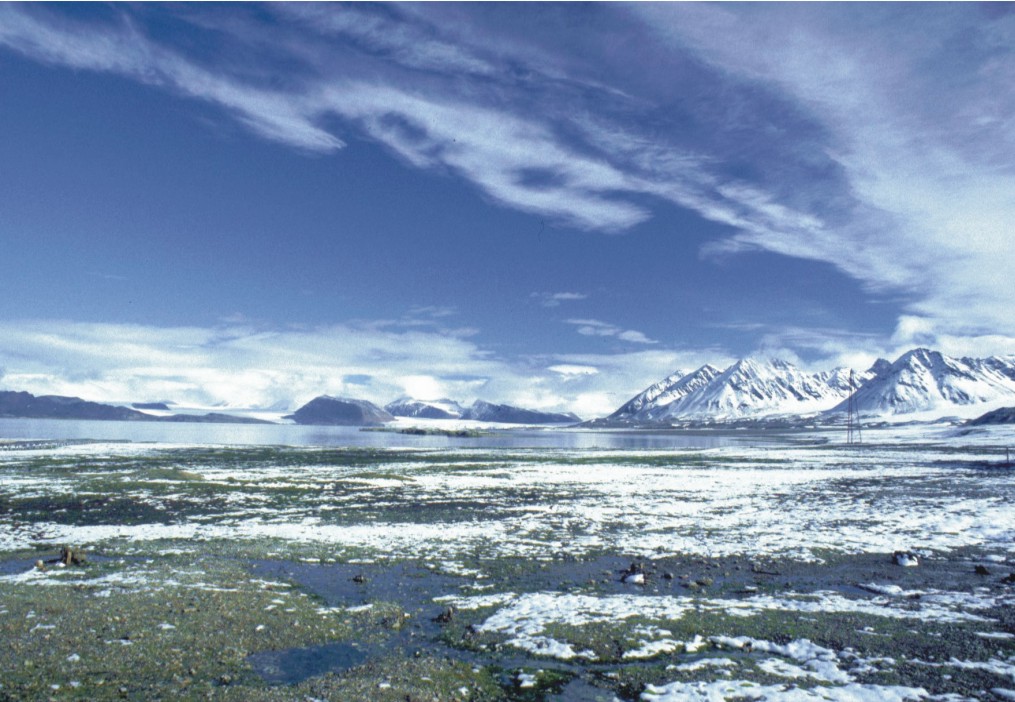Synoptic description of site:
Fjord |
Extensive description of site:
Kongsfjorden is located on the north-west coast of Svalbard. The fjord is approximately 25 m long and 5-10 km wide. At the head of the fjord is an active tidal glacier that causes marked environmental gradients in salinity, temperature and sedimentation rates, as well as bottom sediment composition. Kongsfjorden represents a border area between Atlantic and Arctic biogeographical zones. There is a wide range of habitats in the area and the bottom is very heterogenous, ranging from muds to boulders and rock substrates. Glacial deposits and drop-stones further increase habitat diversity. | Habitats present:
| | Mud | Sand | Rock |
| Littoral | X | X | X |
| Sublittoral | X | X | X |
| Seagrass beds | |
|
Description of fauna and flora:
Above water, Kongsfjorden appears truly Arctic, with winter ice-cover in parts and resident populations of various ice-dependent marine mammals (seals, walrus and polar bears) and Arctic birds. However, because the water column is strongly influenced by Atlantic water masses, the benthic macrofauna contains a greater proportion of Atlantic than Arctic taxa. In the pelagic zone, there is a complex mix of Atlantic and Arctic organisms. |
Pristiness: Moderate |
Justification:
Kongsfjorden is subject to natural glacial stress in the inner parts, with more stable conditions in the outer parts. The fjord is representative of high-latitude fjord systems |
Human impact:
The only settlement in Kongsfjorden is Ny Ålesund, which has an average of 40 residents. Coal mining was carried out there until 1962. Since then, the settlement has become a research facility. Rigorous waste management is carried out. |
Facilities:
Kongsfjorden is accessible all year round by plane from Longyearbyen or by boat. There are fully equipped research facilities, run by Kings Bay AS, including laboratories, accommodation and catering. |
Available database and website:
Norwegian data are stored by the University Courses on Svalbard, the University of Tromsø, the Norwegian Polar Institute and the Norwegian Institute for Nature Research (NINA) and Akvaplan-niva. Databases also exist internationally (including Germany, Poland, UK and Russia). |
Links:
|
Commitment and ongoing research:
A wide range of European institutes conduct biodiversity research on Kongsfjorden. An agreed science plan exists between Norwegian and Polish institutes. |
Involvements:
|
Additional Information:
See covering letter for comments on interesting research oppurtunities in high-latitude Atlantic fjords exposed to Arctic surface conditions. |




